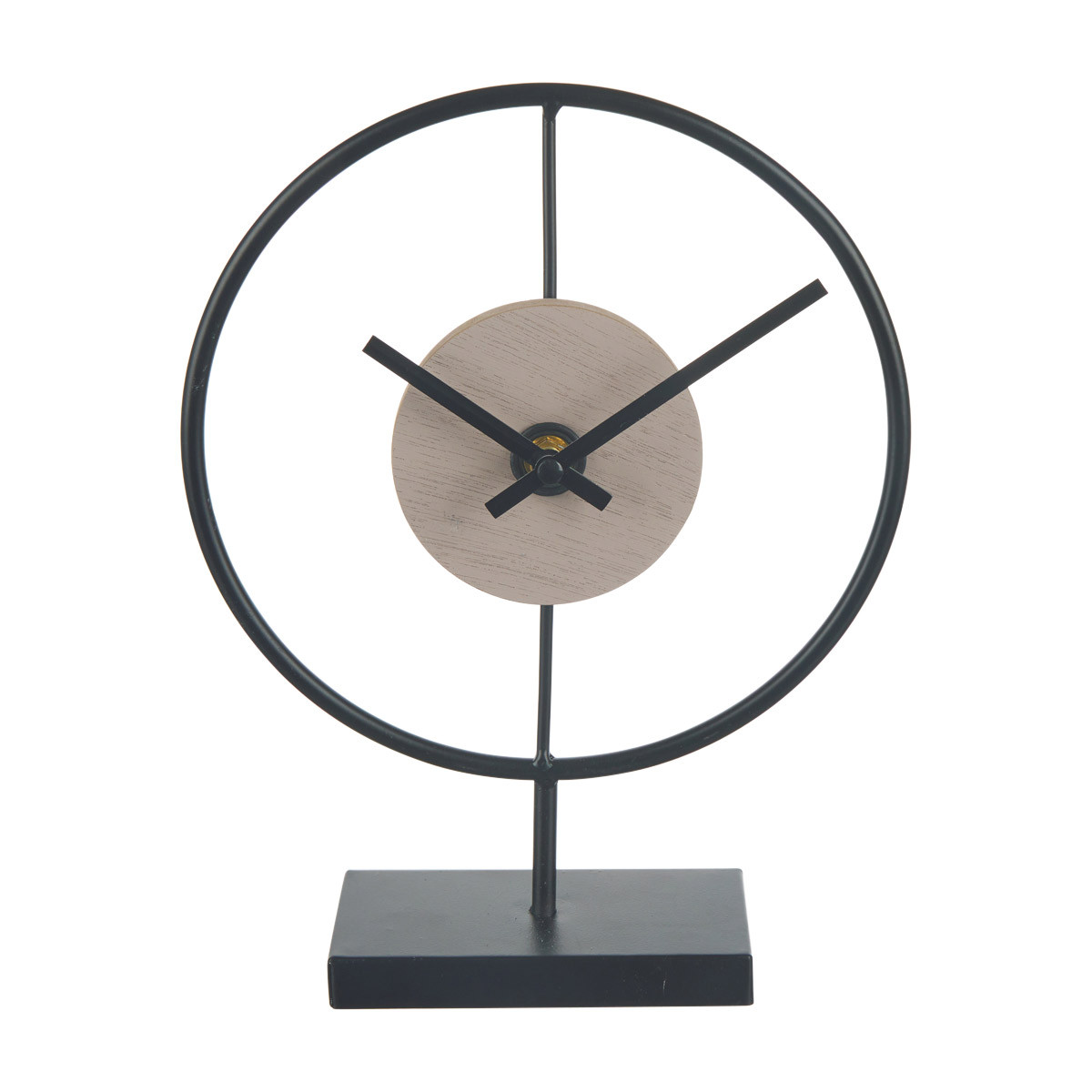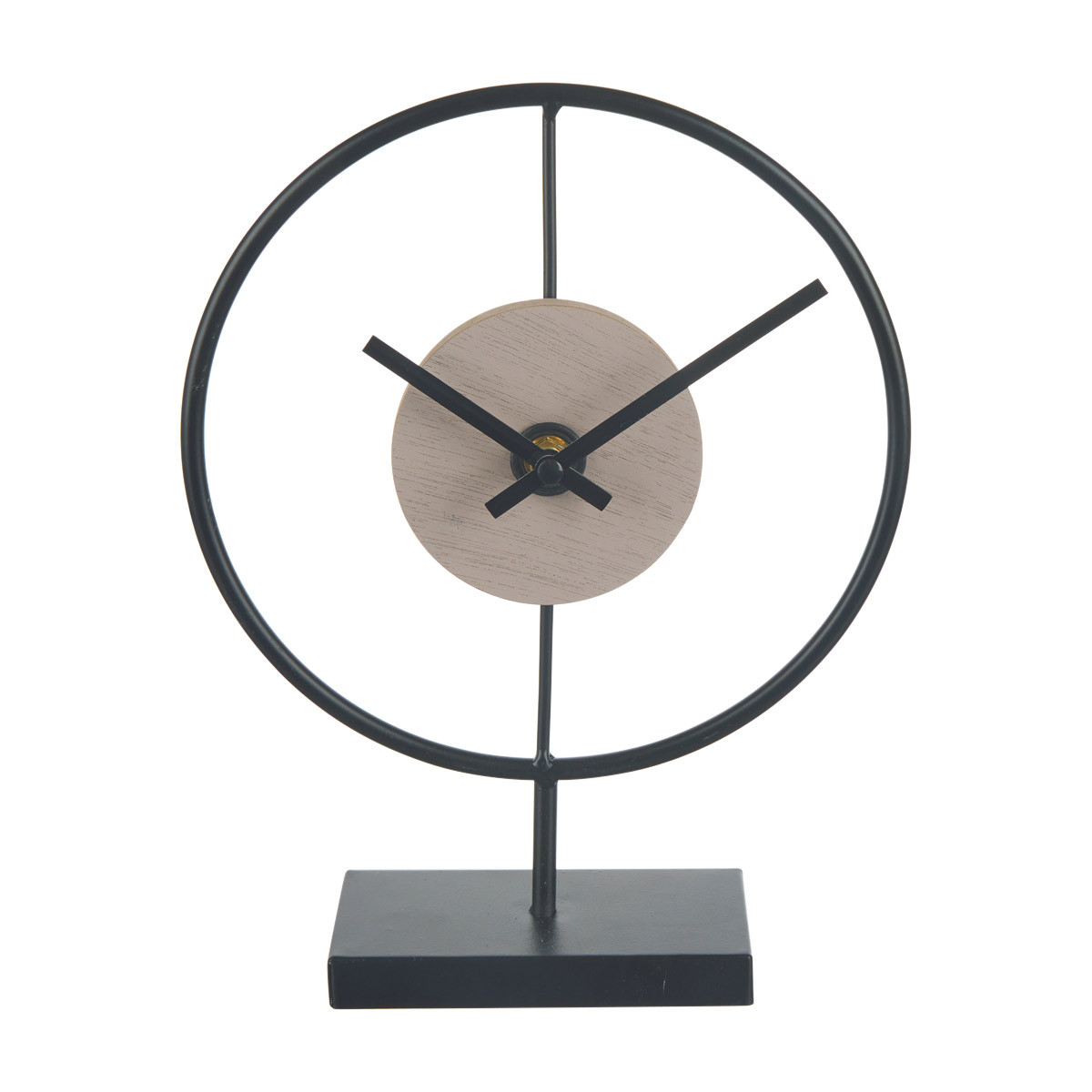Swank meaning goes beyond simple stylishness; it’s about a certain confident flair, a deliberate display of sophistication. This isn’t just about looking good; it’s about projecting an air of effortless cool, a sense of refined luxury that commands attention. We’ll delve into the nuances of this word, exploring its historical context, modern usage, and how it compares to similar terms like “stylish” and “elegant.”
From the shimmering fabrics of high fashion to the architectural grandeur of a swanky hotel, “swank” embodies a specific aesthetic. We’ll examine how context shapes its interpretation, offering examples from literature, popular culture, and everyday conversations. Get ready to uncover the secrets behind this captivating word and its enduring appeal.
Defining “Swank”
Swank, a word often associated with sophistication and style, carries a rich history and nuanced meaning. Understanding its connotations, historical usage, and comparisons with similar words provides a clearer picture of its essence.
A Concise Definition of “Swank”
“Swank” refers to a stylish and sophisticated elegance, often with an implication of ostentation or showy display. It suggests a deliberate effort to appear impressive and refined, sometimes bordering on pretentiousness.
Nuances of Meaning and Connotations
The connotation of “swank” can vary depending on context. While it often implies a positive sense of stylishness and flair, it can also carry a negative undertone, suggesting an excessive display of wealth or a lack of genuine substance. The word subtly hints at a certain level of showmanship.
Historical Evolution of “Swank”
The word “swank” emerged in the early 20th century, originating from American slang. Its initial usage often described a swaggering or boastful demeanor. Over time, its meaning shifted to encompass a more refined sense of stylishness and elegance, though the undercurrent of showiness remained.
Comparison with Similar Words
While words like “stylish,” “elegant,” and “flashy” share some overlap with “swank,” there are crucial distinctions. “Stylish” is more neutral, simply indicating fashionable attire. “Elegant” emphasizes refined grace and simplicity. “Flashy” suggests excessive showiness and a lack of subtlety. “Swank” blends aspects of all three, leaning towards a deliberate and often showy display of sophistication.
Comparative Table of Similar Words
| Word | Formality | Connotation | Implied Cost |
|---|---|---|---|
| Swank | Informal to semi-formal | Positive with potential negative undertones (showiness) | High |
| Stylish | Neutral | Positive | Variable |
| Elegant | Formal | Positive | Variable, often high |
| Flashy | Informal | Negative or neutral (depending on context) | Variable, often high |
Swank in Different Contexts
The application of “swank” varies significantly depending on the context, influencing its interpretation and overall impact.
Swank in Fashion and Clothing
In fashion, “swank” describes clothing and accessories that are not only stylish but also exude a sense of luxuriousness and deliberate sophistication. Think tailored suits, designer handbags, and high-end jewelry – items chosen for their impact as much as their quality.
Appropriate Situations for Using “Swank”
Using “swank” is appropriate when describing upscale environments, luxurious items, or individuals with a polished and confident demeanor. It fits well in informal settings where a touch of playful exaggeration is acceptable, but it might sound out of place in highly formal contexts.
Examples in Literature and Popular Culture
While not as common as “stylish” or “elegant,” “swank” occasionally appears in literature and popular culture, often to depict a character’s affluent lifestyle or a specific atmosphere. Think of descriptions of a “swank” cocktail party or a character known for their “swank” attire.
Contextual Influence on Interpretation
The context heavily influences “swank’s” interpretation. In a sentence like “He entered the swank club with a confident swagger,” the word highlights both the club’s upscale nature and the character’s stylishness. However, in “Her swank jewelry felt ostentatious,” the connotation shifts towards excessive showiness.
Demonstrating “Swank” in Three Contexts
1. The hotel’s swank lobby impressed even the most seasoned travelers. 2. Her swank new dress turned heads at the gala. 3.
The restaurant’s swank atmosphere was perfect for a romantic dinner.
Visual Representations of “Swank”: Swank Meaning
Visual elements play a crucial role in conveying the feeling of “swank.” From attire and demeanor to architectural details, specific elements contribute to the overall impression.
A Person Embodying “Swank”
Imagine a person impeccably dressed in a tailored tuxedo, radiating confidence and self-assurance. Their posture is erect, their movements deliberate, and a subtle smile plays on their lips. They carry themselves with an air of understated elegance, suggesting effortless sophistication.
A “Swank” Environment
Picture a dimly lit jazz club with plush velvet seating, art deco architecture, and crystal chandeliers. The lighting is soft and warm, casting a flattering glow on the patrons. The overall atmosphere is one of refined luxury and subtle glamour.
A Luxurious Object Epitomizing “Swank”
Envision a vintage Rolls-Royce, gleaming under the sunlight. Its polished chrome, impeccable paint job, and luxurious leather interior speak volumes about its prestige and exclusivity. Every detail exudes quality and sophistication.
Adjectives Conveying “Swank”
Sophisticated, elegant, luxurious, stylish, polished, refined, glamorous, impressive, upscale, opulent.
Visual Elements Contributing to “Swank”
Visual elements like rich textures (velvet, silk), polished surfaces (chrome, marble), strategic lighting, and a sense of spaciousness contribute significantly to the visual impression of “swank.” These details create an atmosphere of refined luxury and exclusivity.
Swank and its Antonyms
Understanding the antonyms of “swank” helps to further define its meaning and highlight the contrasts in connotation and usage.
Antonyms of “Swank”
Words like “dowdy,” “shabby,” “gaudy,” “tacky,” “unrefined,” and “slovenly” can be considered antonyms of “swank,” each highlighting a different aspect of the opposite of sophisticated elegance.
Comparison with Antonyms
While “swank” suggests deliberate sophistication and often a high level of expense, its antonyms portray the opposite – a lack of refinement, often associated with carelessness or poor taste. The contrast lies in the intentionality and the overall impression created.
Opposite of “Swank” in Different Contexts
In the context of fashion, the opposite of “swank” might be “dowdy” or “shabby.” In terms of environment, “tacky” or “unrefined” might be appropriate. For demeanor, “slovenly” or “unpolished” would be fitting antonyms.
Swank means stylish and luxurious, right? Think high-end, top-tier stuff. Now, imagine the ultimate swanky arrival – perhaps something like the private jet used by Khabib Nurmagomedov, which you can check out here: khabib plane. That level of travel definitely screams swank, showcasing opulence and a seriously high level of style. So, next time you want to picture swank, think private jet.
Sentences Highlighting Contrast
1. He wore a swank suit, unlike his brother’s shabby attire. 2. The swank hotel contrasted sharply with the tacky motel down the street. 3.
Her swank demeanor was a stark contrast to her friend’s slovenly appearance.
Impact of Using “Swank” vs. Antonyms
Using “swank” conveys a sense of deliberate sophistication and high-end style, while its antonyms suggest the opposite – a lack of refinement, often with negative connotations. The choice of word significantly impacts the message and the overall tone.
Modern Usage of “Swank”
The meaning and usage of “swank” have evolved, reflecting contemporary trends in fashion, culture, and communication.
Swank means stylish and sophisticated, showing off a bit of flash. Think of it like the opposite of understated; it’s all about making a statement. Sometimes, that statement involves navigating a challenging landscape, maybe even a deep, rugged gully meaning in a fancy sports car, proving your swank extends beyond mere appearances. Ultimately, swank is about confidence and a certain je ne sais quoi.
Evolution of Meaning and Usage
While the core meaning of “swank” remains relatively consistent – sophisticated elegance with a hint of showiness – its usage has broadened. It’s now more frequently seen in informal contexts and across various media.
Contemporary Usage in Different Media
You might find “swank” used in fashion blogs, lifestyle magazines, and even casual conversations to describe stylish clothing, upscale establishments, or a confident demeanor. Its usage in social media reflects its informal yet stylish connotation.
Influence of Social Media and Popular Culture
Social media and popular culture have played a role in shaping the perception of “swank.” Influencers and celebrities often showcase “swank” lifestyles, influencing trends and shaping public perceptions of what constitutes sophisticated elegance.
Differing Usage Across Demographics, Swank meaning

The use of “swank” might vary across age groups. Younger generations might use it more frequently and casually than older generations, reflecting evolving linguistic trends and cultural influences.
Dialogue Showcasing Modern Usage
“Did you see Sarah’s new car? It’s totally swank!” “Yeah, I know, it’s ridiculously swank. But hey, she deserves it!”
Closure
Ultimately, understanding “swank” means appreciating its multifaceted nature. It’s not merely a synonym for “stylish”; it carries a weight of connotation, suggesting a deliberate choice to exude a certain level of refined extravagance. Whether expressed through clothing, surroundings, or demeanor, swank is a powerful statement of self-assured style, a carefully curated image that projects confidence and sophistication. So, next time you encounter the word, remember the depth and richness it conveys.
FAQ Resource
Is “swank” always positive?
While often positive, “swank” can sometimes carry a slightly negative connotation, implying ostentation or showiness. The context is key.
Can “swank” be used to describe people?
Swank means stylish and luxurious, right? Think fancy clothes and a high-roller lifestyle. But sometimes, even the most swanky situations have a darker side, like the intense pressure faced by the guards in the guard 44 squid game – their lives, while seemingly glamorous from the outside, were far from swanky in reality. So, next time you see something swanky, remember there might be more to the story than meets the eye.
Absolutely! It can describe someone’s attire, demeanor, or overall style.
What’s the difference between “swank” and “flashy”?
“Flashy” often implies excessive display and a lack of subtlety, whereas “swank” suggests a more refined and understated elegance.
Is “swank” a formal or informal word?
It’s relatively informal, but its use depends heavily on context. It wouldn’t be appropriate in all formal settings.
